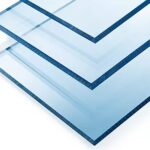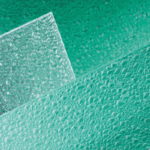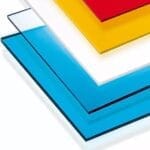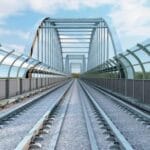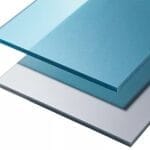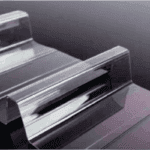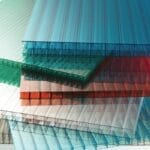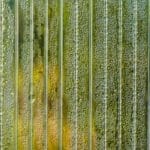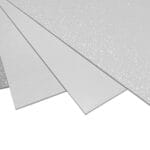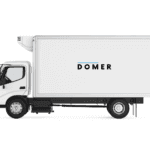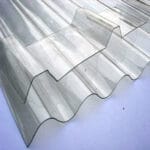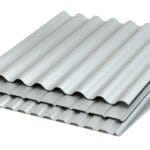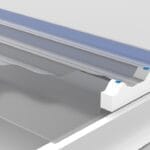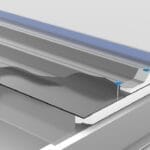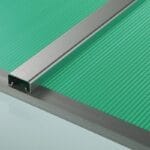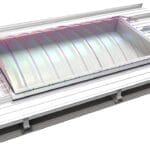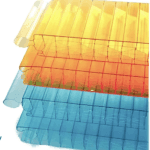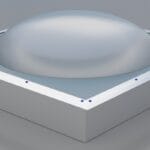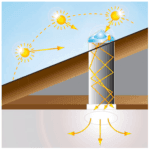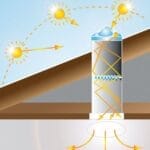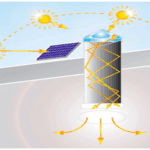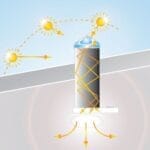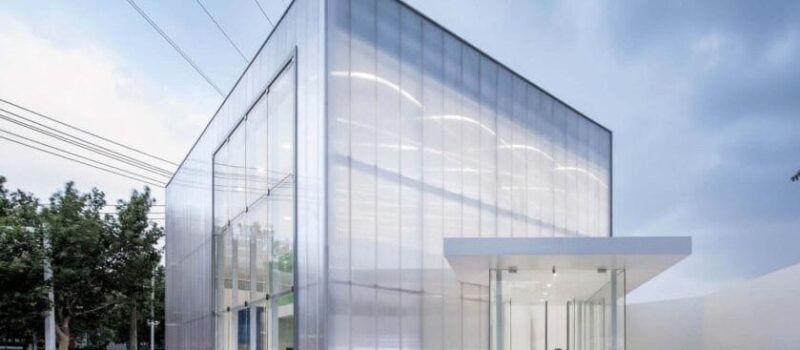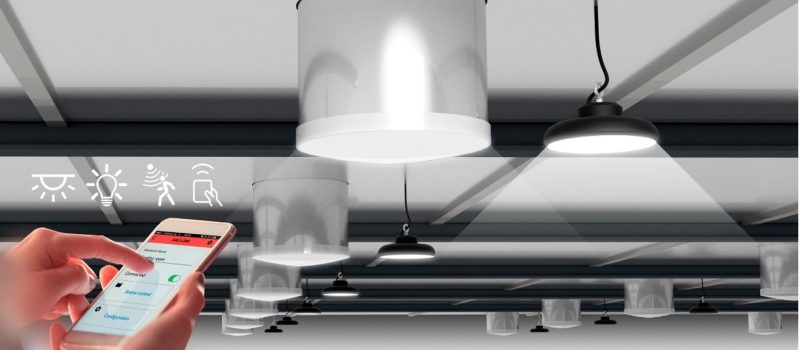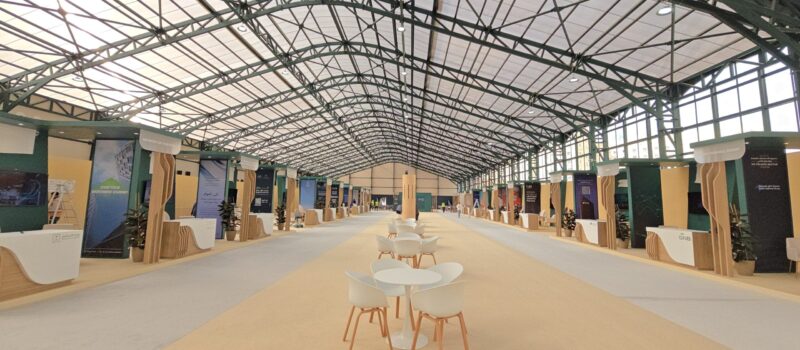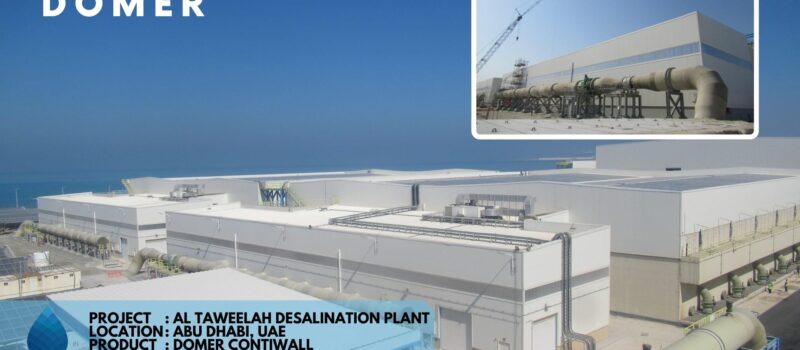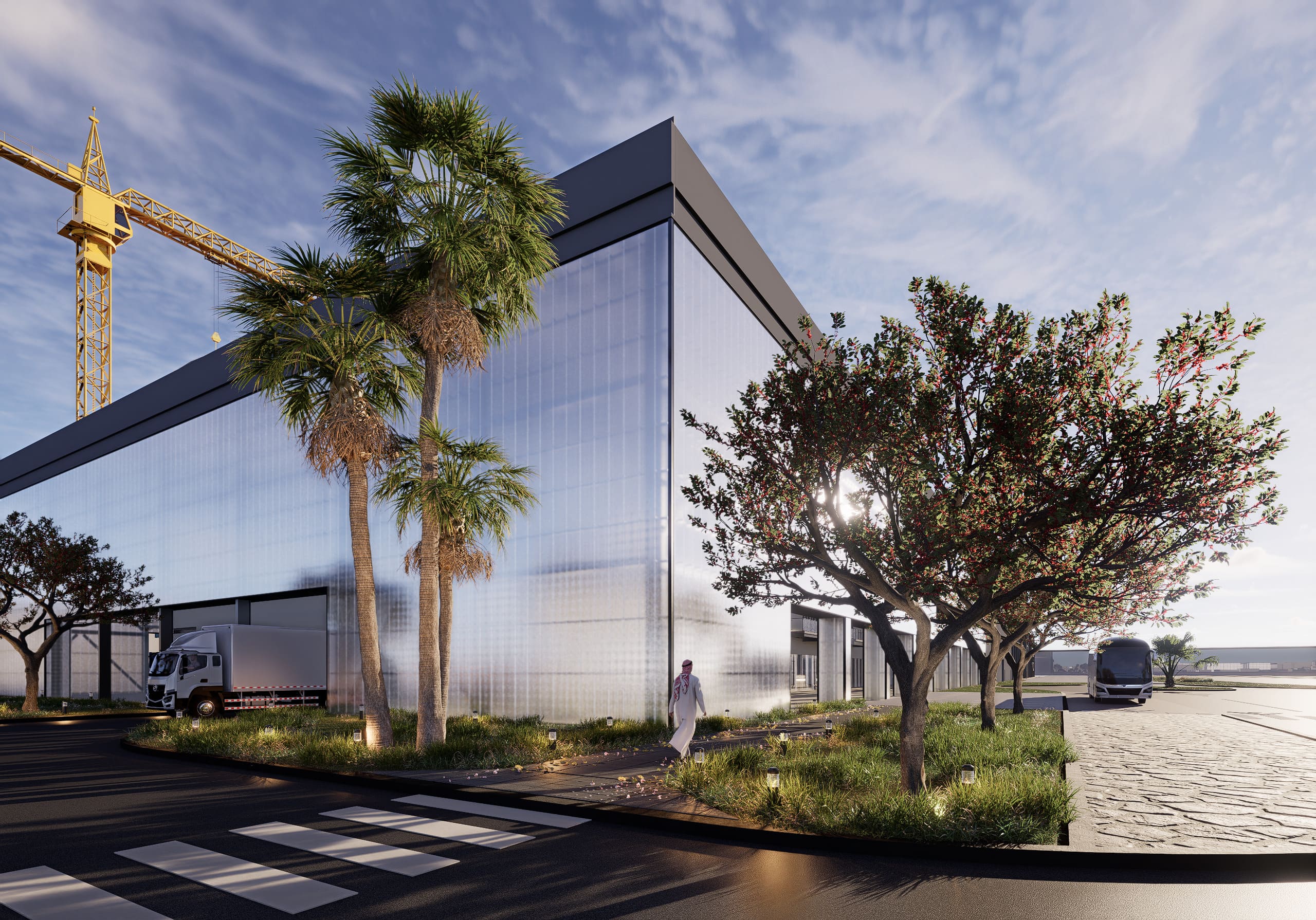
The Importance and Benefits of Wall Cladding in Modern Construction
Wall cladding has evolved into one of the most critical features of contemporary architecture and building design. It does far more than just give buildings a finished look, it acts as a protective shield, a thermal regulator, and a defining architectural feature.
In this article, we explore what cladding is, why it matters, and how different wall cladding systems enhance both performance and aesthetics in modern construction.
What Is Cladding? Understanding the Definition of Wall Cladding
The term cladding refers to the process of covering a building’s structure with an outer layer that serves both protective and decorative purposes. It’s not part of the building’s load-bearing framework but rather an external skin designed to resist weather and improve insulation.
The Definition of Cladding
In construction, cladding is defined as:
A non-structural, external layer that protects a building from environmental factors while enhancing its visual appearance.
What Does Cladding Mean in Construction?
Cladding in construction provides an additional layer of protection against harsh environmental conditions like rain, snow, humidity, and UV radiation. It ensures that the internal structure remains dry and intact, extending the building’s durability.
From commercial skyscrapers to residential homes and modular sheds, cladding systems are chosen based on their thermal properties, weather performance, and aesthetic flexibility.
The Functional Role of Wall Cladding in Buildings
The performance of a building depends heavily on the quality of its external envelope, and that’s where wall cladding becomes indispensable. Here’s what it contributes to modern construction:
- Moisture Control: Prevents water infiltration and dampness, which can lead to mold or structural decay.
- Airflow Regulation: Certain ventilated systems allow air circulation, preventing condensation and heat buildup.
- Temperature Stability: Cladding reduces heat transfer, keeping interiors warmer in winter and cooler in summer.
- Aesthetic Enhancement: Provides a finished, architectural identity that can range from rustic to ultramodern.
A well-engineered cladding wall system improves comfort, efficiency, and the overall life cycle of a building.
Common Types of Wall Cladding Materials
1. Metal Cladding
Made from aluminum, galvanized steel, or zinc, metal cladding delivers superior protection and longevity. Its lightweight yet strong structure makes it ideal for high-rise or industrial projects. Modern coatings also enhance resistance to corrosion and fading.
2. Stone and Brick Cladding
Stone and brick bring natural elegance and robustness. They provide excellent insulation and a timeless look, often used in luxury or heritage-inspired projects. However, they tend to be heavier and may require more structural support.
3. Vinyl and PVC Cladding
Affordable and easy to install, vinyl cladding suits residential projects that require low maintenance. Its wide color range offers design flexibility, but it’s less durable under extreme conditions compared to metal or composite panels.
4. Timber Cladding
Wood remains a favorite for its natural warmth and sustainability. Cedar, pine, and oak are commonly used, offering beautiful grain textures. However, periodic treatment is essential to prevent warping or insect damage.
5. Composite and Polycarbonate Cladding
Composite panels blend materials like aluminum and polymers to achieve high strength and insulation.
Polycarbonate cladding, used by DOMER in modular sheds and outdoor structures, offers translucency, weather resistance, and UV filtering, creating bright, durable, and comfortable spaces that utilize natural light effectively.
Advantages and Benefits of Wall Cladding
1. Weather and Moisture Protection
Wall cladding acts as the first line of defense against environmental hazards. It prevents water seepage, wind infiltration, and solar radiation from damaging the internal walls.
2. Energy Efficiency
With proper insulation and reflective properties, cladding can significantly reduce energy costs. This makes it a key player in sustainable design, minimizing dependency on artificial heating and cooling systems.
3. Soundproofing
Certain cladding systems, especially those made from insulated metal or composite materials — help reduce outside noise, which is essential in urban areas or near industrial zones.
4. Low Maintenance
Modern cladding solutions are built for longevity. Metal, composite, and polycarbonate panels require minimal upkeep compared to traditional plaster or paint finishes.
5. Fire Resistance and Safety
Fire-rated cladding materials like treated aluminum composite or fiber cement enhance building safety. When properly installed, they act as barriers that delay fire spread.
6. Architectural Aesthetics
Cladding gives architects the freedom to create distinctive façades. Translucent polycarbonate panels, for example, provide a soft glow that changes with the light, a hallmark of DOMER’s modern outdoor architecture.
7. Structural Protection and Longevity
By absorbing environmental stress, cladding extends the life of the core structure. It prevents cracking, corrosion, and thermal damage, ensuring the building retains its integrity over decades.
8. Sustainability
Eco-conscious builders now prefer recyclable cladding materials. Aluminum, steel, and polycarbonate are long-lasting, recyclable, and contribute to reduced construction waste, aligning with sustainable building practices.
Installation Methods: How Wall Cladding Works
Wall cladding systems are typically installed in one of two ways: wet or dry installation.
- Wet Cladding: Uses adhesives, mortar, or cement for bonding (common in stone or brick cladding). It provides strong adhesion but requires longer curing time.
- Dry Cladding: Involves mechanical fixing systems such as brackets and rails, allowing panels to be easily replaced or upgraded. This method is faster, cleaner, and ideal for modular or prefabricated structures like those made by DOMER.
Many modern projects combine ventilated façade systems, where air gaps behind the cladding improve ventilation and thermal performance. These systems are particularly beneficial for energy-efficient, low-carbon architecture.
Comparing Cladding Materials: Durability and Performance
| Material Type | Durability | Maintenance | Insulation | Aesthetic Variety | Sustainability |
| Metal Panels | High | Low | Moderate | Excellent | Recyclable |
| Stone | Very High | Moderate | High | Natural Look | Long Lifespan |
| Vinyl | Moderate | Very Low | Moderate | Wide Range | Synthetic |
| Timber | Moderate | High | High | Warm, Natural | Renewable |
| Polycarbonate | High | Low | Excellent | Translucent, Modern | Recyclable |
| Composite | High | Low | High | Customizable | Energy Efficient |
As the table shows, polycarbonate and composite cladding stand out for their balance of strength, insulation, and sustainability, making them ideal for modern, light-filled designs.
Wall Cladding and Sustainable Construction Practices
The construction industry is undergoing a sustainability revolution and wall cladding is at the center of it. Here’s how cladding supports eco-friendly building:
- Reduced Carbon Footprint: Lightweight materials require less transport energy and structural reinforcement.
- Recyclability: Materials like aluminum and polycarbonate can be reused, reducing landfill waste.
- Improved Energy Ratings: By reducing heat transfer, buildings consume less energy, aligning with global efficiency standards.
- Daylighting Benefits: Translucent cladding allows for natural illumination, cutting electricity usage and enhancing occupant wellbeing.
- Longevity and Lifecycle Efficiency: Durable cladding minimizes the need for replacements and repairs, reducing material waste over time.
With the right combination of material choice and installation, cladding contributes directly to green certifications such as LEED or BREEAM.
The Role of Wall Cladding in Modern Architectural Expression
In today’s architectural landscape, wall cladding has become a canvas for creativity. It defines the visual language of structures, transforming plain façades into expressive surfaces.
Designers often use patterns, geometry, and translucency to achieve dynamic visual effects. Polycarbonate and composite materials have opened up new possibilities for curved surfaces, illuminated panels, and adaptive façades that respond to natural light.
The flexibility of cladding allows architects to merge functionality with design intent, delivering buildings that are not only efficient but also inspiring.
The Future of Wall Cladding: Innovation and Adaptation
Emerging technologies are driving a new generation of intelligent cladding systems that adapt to environmental changes in real time. Key trends include:
- Photovoltaic Cladding: Integrates solar panels into façades to generate clean energy.
- Dynamic Façades: Panels that adjust automatically for shading or ventilation.
- Nanocoatings: Self-cleaning and anti-pollution surfaces that maintain their appearance.
- Light-Diffusing Systems: Polycarbonate structures that control light transmission for optimal comfort.
- 3D Printed Cladding: Custom geometric forms that reduce waste and enable rapid manufacturing.
These innovations make cladding a central element in the evolution of smart, sustainable buildings.
Why Wall Cladding Is Indispensable in Construction
Without cladding, a building is exposed to the harsh realities of its environment. Over time, this exposure leads to structural degradation, inefficiency, and high maintenance costs. Cladding bridges the gap between design and performance, it protects, insulates, and beautifies simultaneously.
For companies like DOMER, cladding isn’t just a protective layer; it’s part of a holistic design approach that merges durability, transparency, and modular innovation. Polycarbonate wall systems, for instance, demonstrate how modern cladding can redefine spaces, letting in light while maintaining strength and stability.
The Broader Impact of Wall Cladding on Building Efficiency and Design Longevity
Beyond the technical and visual aspects, wall cladding systems play a vital role in shaping how buildings perform over decades. A well-planned external wall cladding system not only ensures weather resistance but also optimizes the structure’s lifecycle efficiency. By combining advanced insulation technologies with modern cladding materials such as polycarbonate, aluminum composites, and fiber cement panels, architects can drastically reduce operational energy costs while improving occupant comfort. The advantages of wall cladding go further than protection, they include better moisture management, reduced maintenance demands, and improved air quality within the building envelope. As cities grow denser and climate conditions become more unpredictable, adaptive and high-performance cladding is becoming a cornerstone of sustainable urban development. These systems bridge the gap between environmental responsibility and architectural innovation, ensuring that buildings are not only resilient but also inspiring expressions of modern design.
Conclusion
Wall cladding is one of the most transformative innovations in the construction industry. It goes beyond aesthetics, serving as a critical system for protection, insulation, and design expression.
By choosing the right material, whether metal, stone, or translucent polycarbonate, builders and architects can create structures that are durable, energy-efficient, and visually distinct.
As cities grow and sustainability becomes a global imperative, the importance of wall cladding will only continue to rise. It embodies the future of building: smarter, greener, and more resilient.


